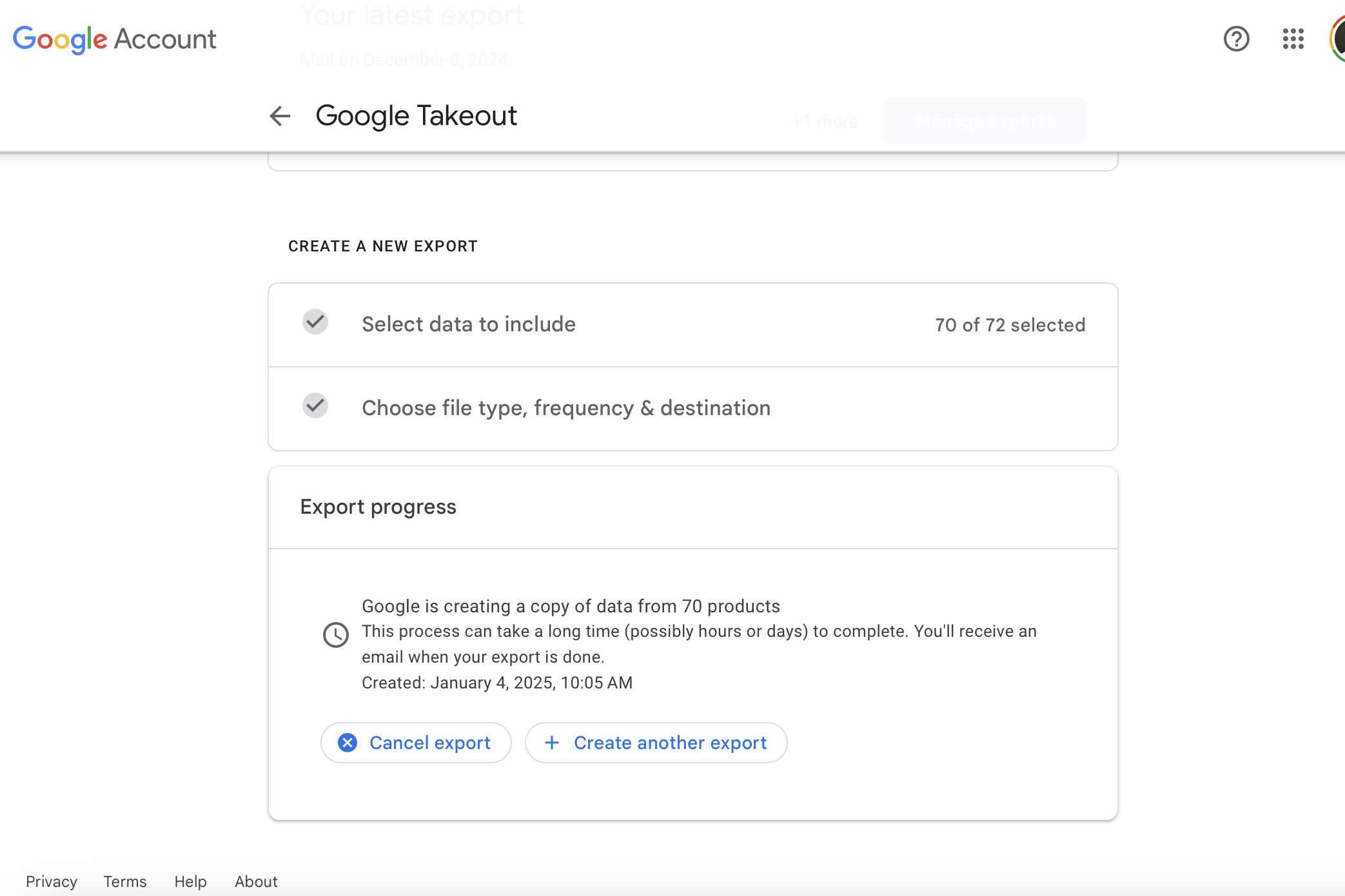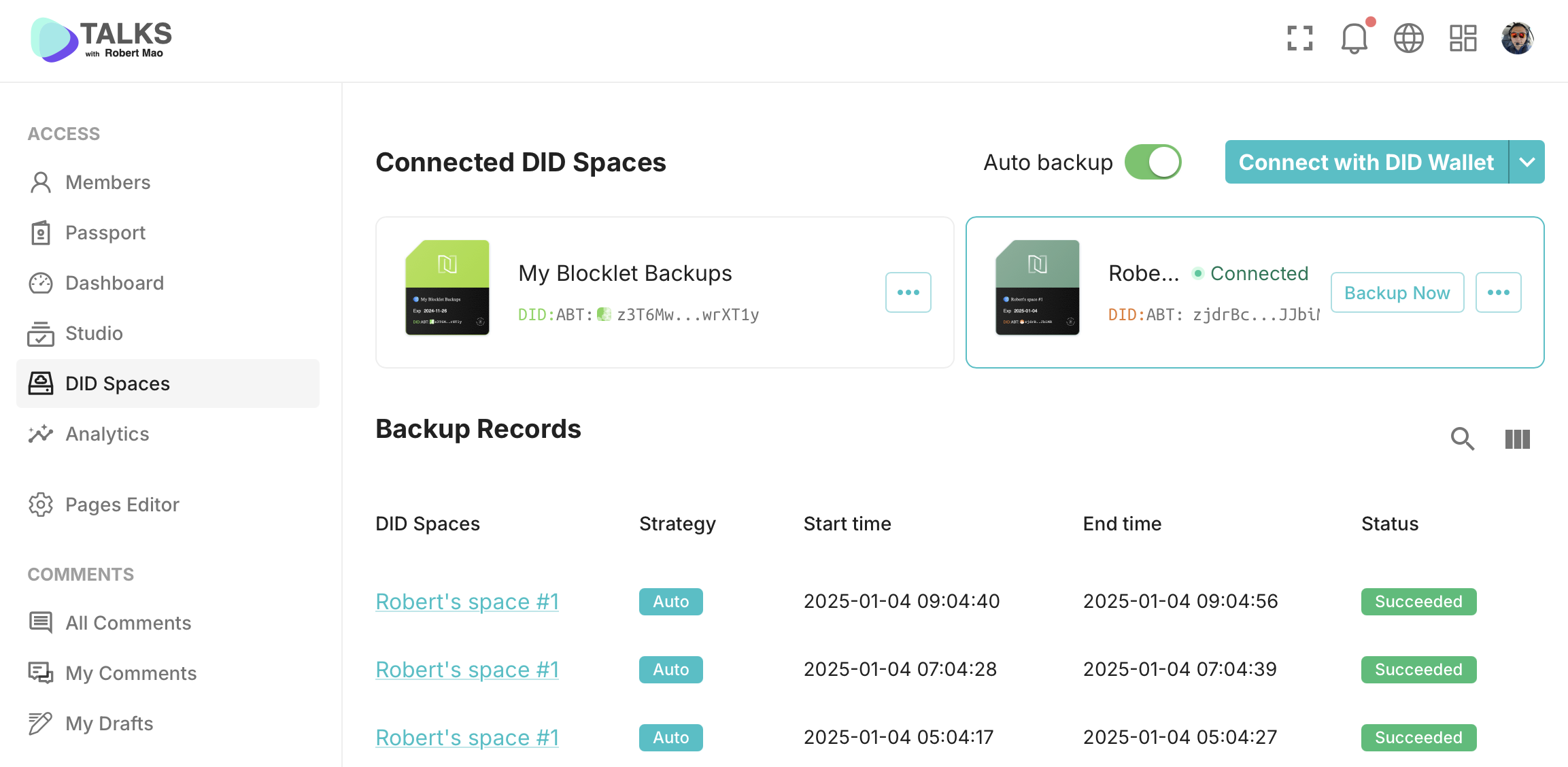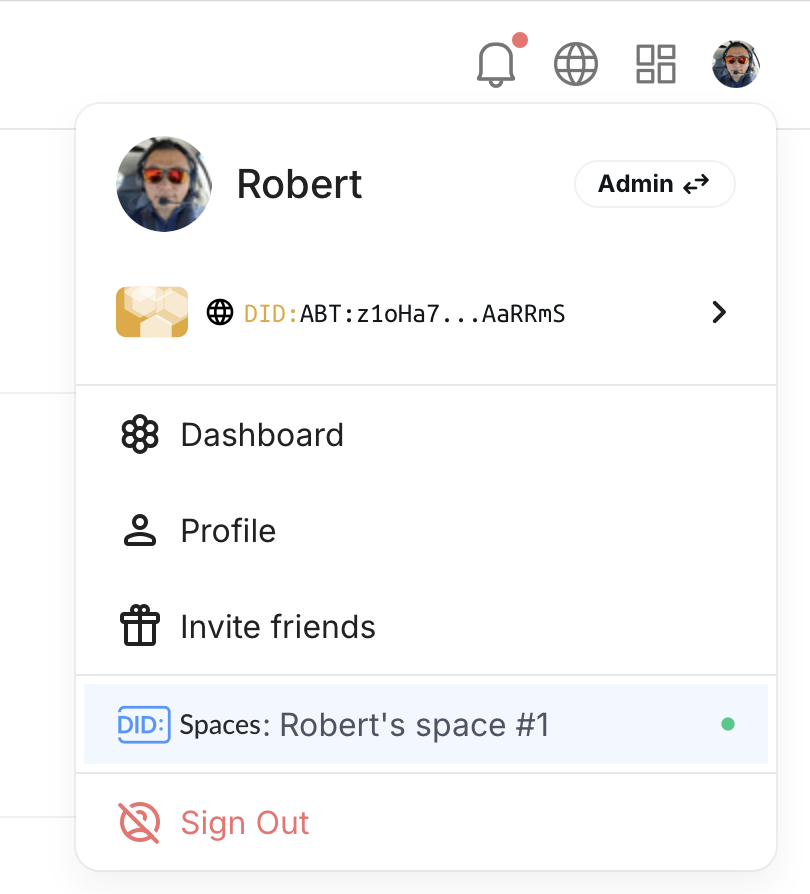The goal of decentralized applications is "freedom" and "self-sovereignty" giving individuals control over their identity, assets, and data. Decentralized Identity (DID) empowers us to independently manage our identities, blockchain technology safeguards our digital assets, yet achieving these freedoms presents additional challenges.
The Era of Identity and Data "Silos"#
During the early development of the Internet, there was no standardized way to handle identity layers and data storage. This led to the "one account per service" approach: users selected a username and password for each service they wanted to access, with these credentials stored and managed by the service provider. Consequently, the user data for these services was also managed and stored by these same providers.
As a result, users possess distinct digital identities for each service they engage with, and their data is confined by service providers. In other words, users' digital identities and information are spread across separate, unlinked silos.
A new paradigm called "Federated Identity" then emerged, thanks to the rise of platforms like Facebook or Google. Although this concept is roughly similar to the initial approach, there is one significant difference: users no longer create new accounts directly with each service provider. Instead, they create an account with a large platform and use it to share data across different services. In short, users entrust their data to so-called "identity providers" and request that they manage and share this data with other services.
Although federated identity provides an improved user experience by allowing the management of a single account instead of multiple ones, it centralizes a considerable amount of power to a handful of organizations. This centralization can result in lock-in effects, dependency, potential abuses of power, and concerns related to privacy and compliance.
Self-Sovereign Identity#
Self-sovereign identity empowers individuals and organizations to independently manage their identity information, giving them full control over their data. This capability allows an individual to decide when and with whom to share their information. With this approach, privacy and security are enhanced during activities like registering for new services or making purchases. By adopting self-sovereign identity, users can safeguard their identity data and minimize the risk of identity theft and other forms of online fraud. The W3C's specification for Decentralized Identifiers (DID) establishes an international standard for user-centric identity management.
DID addresses the issue of users' identity information, but within applications, users' data is not limited to identity-related information. There is also a large amount of business data. This data may be generated by the users themselves (such as articles written by users in a service), may be generated by other users but provided to the user (such as comments and messages from users' visitors in a service), or may be generated by the system (such as system-generated statistical information, billing information, etc.).
Self-Sovereign Data#
DID itself lacks a mechanism for storing large-scale data. The Identity Wallet commonly found in DID setups is suited for managing only a limited amount of user identity information, like user profiles and verifiable credentials received by users, but is not designed for handling business data. To tackle this issue, we recognize that there is a need for a protocol and corresponding service that enable users to manage their data independently.
DID:Spaces was created to tackle the business data challenge. As its name suggests, DID:Spaces is a solution built on DID technology.
With the support of DID:Spaces, users' data in each application is stored in the user's own DID:Spaces, rather than in the application's own storage space (applications also have their own DID:Spaces, because applications also have their own data).
DID:Spaces is akin to a portable "data hard drive" for users#
The user's DID:Spaces functions like a portable "data hard drive" that can be utilized across various applications. Once the user authorizes DID:Spaces, applications can actively store the user's data within the user's data space. These spaces can be authorized for multiple applications, ensuring data isolation between them. If the user decides to revoke data authorization for a specific application, they can directly manage this from their own DID:Space.
The design of DID:Spaces makes "data export" and "data migration" unnecessary for users. In the past, users had to beg application service providers to "export" their data, often enduring a long wait to receive a data package in a proprietary format (and this is with services that adhere to data export commitments!). With services like DID:Spaces, users always have control over their data, eliminating the need for export and migration.

(An example above is Google's Takeout service, which many people may not be familiar with. It allows users to export their data in order to comply with regulations. Google notifies users: “The process could take an extended period to complete, ranging from several hours to a few days.”)
Integrating DID:Spaces and the Blocklet Ecosystem#
As with all ArcBlock products, DID:Spaces seamlessly integrates with ArcBlocks ecosystem, enabling users and developers to effortlessly leverage the benefits provided by DID:Spaces.
Users might first recognize the value of DID:Spaces through its capabilities for backing up and restoring data and applications, but in reality there are endless use cases that can be implemented. Our initial application of DID:Spaces was in backing up and restoring the entire Blocklet Server, as well as the data backup and restoration for each Blocklet application.

(The image above illustrates the automatic data backup on my personal site, utilizing DID:Spaces)
As a consumer user, you might notice that the user menu in the latest application now features information about DID:Spaces. If you haven't seen it yet but are interested in experiencing it, you can visit our community site to explore:
Within each individual's personal menu, you can check if your data is managed using your own DID:Spaces. You can also instantly view and manage your data in this application. These capabilities are set to become standard features throughout the ArcBlock application ecosystem.

Differences and Connections Between DID:Spaces and Cloud Storage, NAS, IPFS, etc.#
What exactly is DID:Spaces? Is it akin to the familiar "cloud storage" like Google Drive? Or does it resemble a NAS (Network Attached Storage) that you can buy and set up yourself? Or is it more like Apple's iCloud, offering a comprehensive application-level storage solution?
If you're a tech enthusiast, you might be curious about whether this relates to IPFS (InterPlanetary File System) or SOLID, a recent creation by Tim Berners-Lee, the inventor of the web. Is there also any link to the recently popular Web5?
In the upcoming series of technical articles, I'll be comparing these somewhat alike yet distinctly diverse products to offer a deeper insight into DID:Spaces. Stay tuned for our updates.
